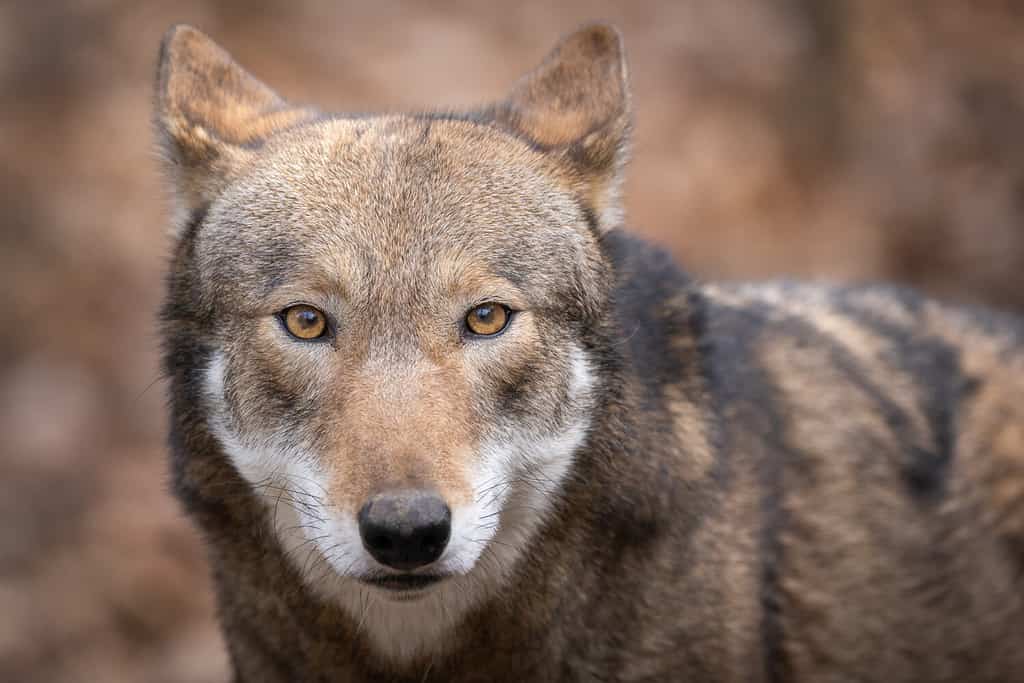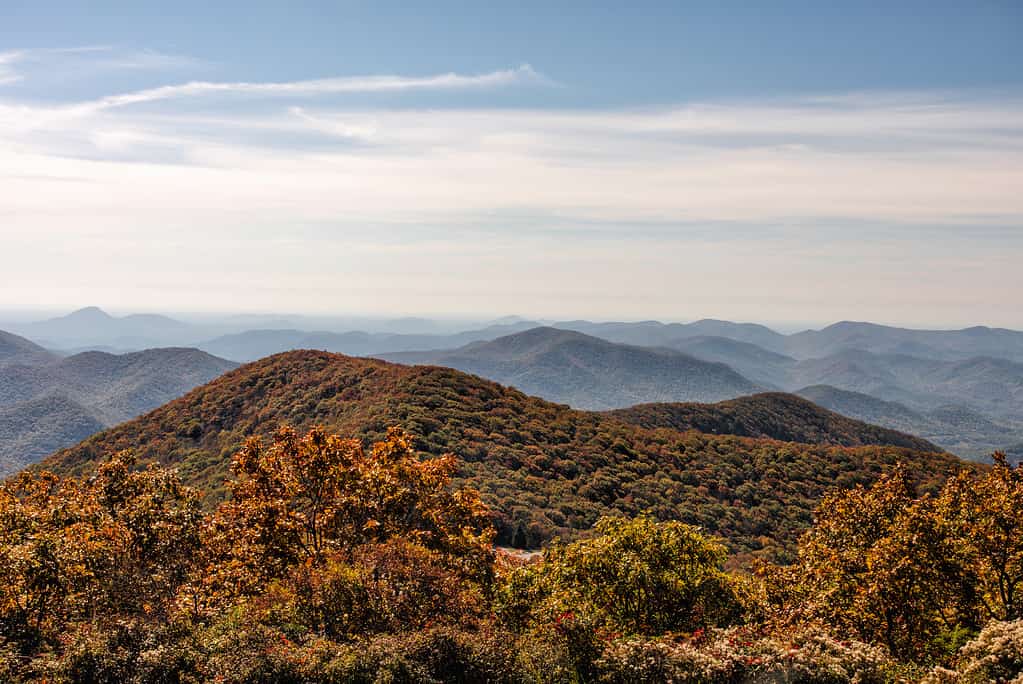Red Wolves (Canis lupus rufus) are a subspecies of wolves that formerly lived quite plentifully in the eastern and southeastern United States. Unfortunately, due to a combination of hunting, intentional extirpation, and environmental degradation, these wolves were brought to the edge of extinction. They have been mostly extinct in the wild since the early 1900s.
However, the later 20th and 21st centuries brought with them a concerted concentration effort to conserve this species. These helped the species recover slightly from total extinction. However, this species is still under extensive pressure, and there’s a possibility that the recovery programs may not be enough to save it.
If you’re interested in the conservation of endangered species or information about wolves, here is a brief summary of where this endangered species stands in the 21st century.
Facts About Red Wolves
Red Wolves are medium-sized canine predators. They are made distinctive from other subspecies of North American Wolf due to their ruddy brownish-red coat.
Red Wolves typically reach lengths of 135-164 cm (53.5-65 inches) at the shoulder and weigh 25-29 kg (55-64 lbs). These animals exhibit much of the behavior that other wolf species do. They form packs, hunt various prey, and range over very wide territories.

Red Wolves appear somewhat similar to Coyotes in coloration.
©Matt Cuda/Shutterstock.com
Brought to the Brink of Extinction
At one point in time, Red Wolves ranged all across what is now the eastern and southeastern United States. From Florida to Vermont, The Red Wolf was one of the apex predators of the ecosystems of this geographical range.
However, in the early 20th century, the wolves were nearly exterminated due to aggressive predator control. The species also interbred with coyotes to the point that they gradually became more like coyotes than wolves through a gradual hybridization.
Red Wolves were one of the first species included in the Endangered Species Act when it was first introduced in 1963. At this point, there were just several dozen of these wolves living in small pockets in Texas and Louisiana.
A Cautious and Modest Recovery
Since the 1970s, there have been extensive conservation efforts in an attempt to bring these wolves back from the brink of extinction. Part of this has included releasing a small pack of wild wolves into Eastern North Carolina. This program is somewhat unique in that much of the land that the wolves roam across is private property.
The initial population of breedable individuals was culled from a survey of over 400 canids captured in the southeastern Texas and southern Louisiana region. From these 400, it was found that only 14 individuals were pure Red Wolf, while the others were either coyotes or hybrids of the two.
There are over 30 conservation centers in the United States dedicated to breeding a healthy Red Wolf population. It’s estimated that about 150 wolves live in captivity in these breeding centers. Many national forests and parks are currently being considered as test sites for reintroduction into the wild for the wolves. One of the sites being considered includes the Appalachian Mountains. Also on the table is the Okefenokee National Wildlife Refuge.
The current estimate of the total population of these wolves between wild and captive individuals is about 300. That’s divided up into approximately 35 wolves roaming in the wild and 270 individuals currently housed in various breeding programs.
Challenges to Conservation
There have been numerous challenges to the reintroduction of healthy wolf populations in their traditional habitats. Many of these challenges are the same issues that caused the initial declines of the wolf populations in the first place.
Wolves are often shot by farmers due to their predation of livestock. Several Red Wolves have been killed in this way accidentally by farmers. These individuals didn’t know that they were killing a federally protected species. In some ways, this mistake is understandable, as Red Wolves bear a striking resemblance to coyotes to an untrained eye.
Competition and interbreeding with coyotes is another challenge for reestablishing healthy red wolf populations. Part of this is due to the fact that these two animals compete for habitat and food. Another is that these two species will interbreed quite frequently. This creates hybrids that outcompete or outbreed pure Red Wolves.
The scarcity of suitable habitats is another challenge in the American East. Much of this environment has undergone massive shifts since Red Wolves were plentiful in these places. Adding to complications is the fact that these animals require very large ranges to suit their needs adequately.

The Appalachian Mountains have been tested as reintroduction spaces for Red Wolf populations.
©Laura Clay-Ballard/iStock via Getty Images
The photo featured at the top of this post is © Davepape, Public domain, via Wikimedia Commons – License / Original
Thank you for reading! Have some feedback for us? Contact the AZ Animals editorial team.







